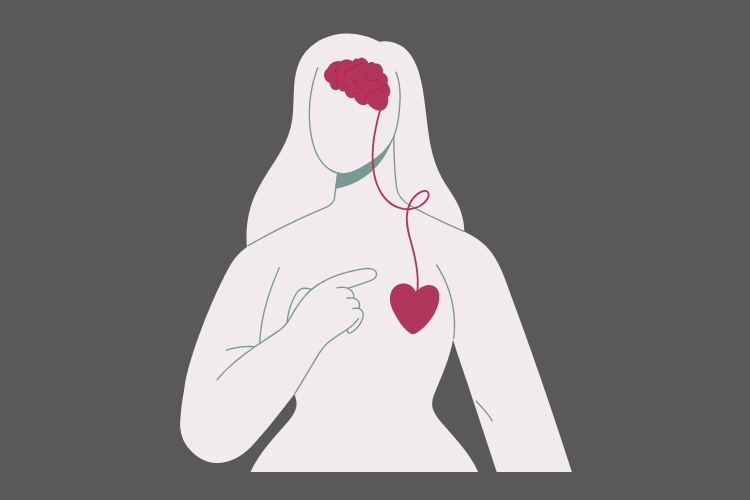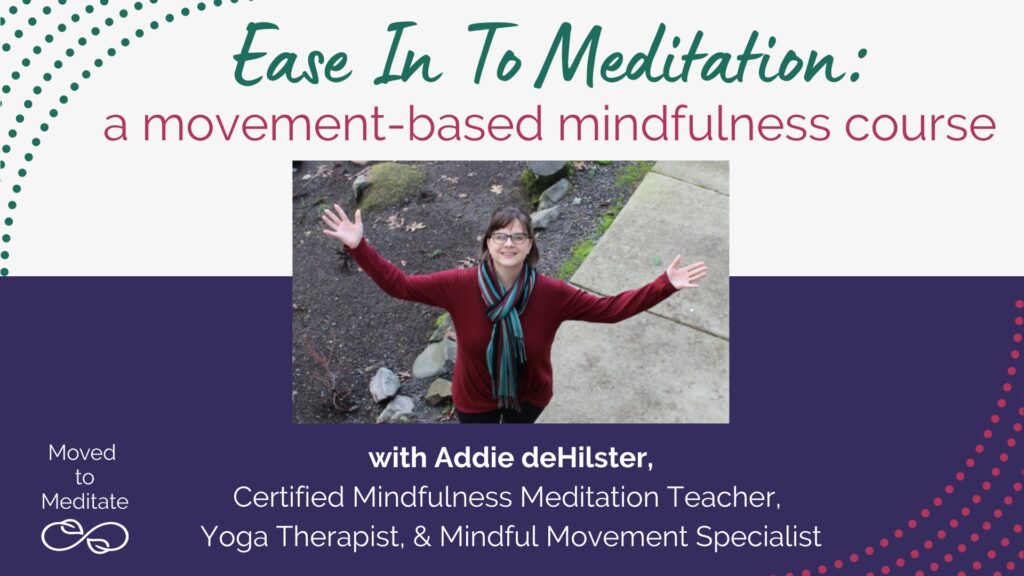What Is Mindful Movement? Basic Definitions and Beyond
In this episode of the podcast, we step back and consider: what is mindful movement? Both the words “mindfulness” and “movement” are used in a wide variety of ways, so it’s not always obvious what is meant by either, or in the combination that is “mindful movement.”
I will talk about the most common or general way of defining mindful movement, and I’ll also share some thoughts on how to take that further – allowing movement to become a richer, embodied expression of mindfulness.
Episode Details:
A simple definition of mindful movement could be “movement done with awareness.” This could be any kind of movement – of course including things like Yoga, Tai Chi, and Qigong, but also walking, hiking, running, Pilates, weight lifting, or swimming. In whatever ways you want to move your body, you could do those activities with full presence.
Moving with awareness is likely to enhance the safety of your movements, and also bolster the mental health benefits of whatever movement activity you’re doing. And, there’s some evidence that mindfulness could also enhance the physical health benefits of movement.
I also bring in the term “movement-based mindfulness” to point to the possibility of leaning even more into the meditative training potentials that exist within movement. This approach might be useful for those seeking an alternate route for exploring contemplative experiences (where you don’t always have to be still), or for meditators interested in translating their mindfulness practice from stillness into action.
What is mindful movement? It includes:
- more emphasis on what is happening with your awareness as you move, and noticing what you’re paying attention to
- embodying key attitudes of mindfulness, like present-moment focus, non-judgment, and curiosity
- developing a fine-tuned awareness of body sensations, but also observing states of heart and mind
- noticing what brings up reactivity in your movement practice (liking, disliking, and ambivalence)
- recognizing thought patterns that arise, like planning, comparing, and wanting
- choosing simpler movements so that there is space to notice more than just positional changes and safety-oriented adjustments.
When we practice “mindful movement,” it can be a form of body-based mindfulness practice, touching into the full spectrum of mindfulness teachings. Join me to explore de-compartmentalizing meditation and movement, so that these practices can enrich each other and be accessible for more people!
Resources & Links from this episode:
- The study I mentioned during the episode, which looked at the health benefits of regular exercise walking vs. mindful walking for diabetes patients: Complementary Therapies in Medicine, 2016.
- For more about specific movement styles that lend themselves to mindfulness, listen to Episode 45 – Exploring Movement Modalities through a Mindfulness Lens.
P.S. As I mentioned during this episode, there is a NEW Moved To Meditate course coming soon! Ease In To Meditation: A Movement-Based Mindfulness Course will start on May 30th. With 8 weeks of do-able lessons, you’ll explore mindfulness techniques through movement FIRST…then learn how to apply them in meditation.

